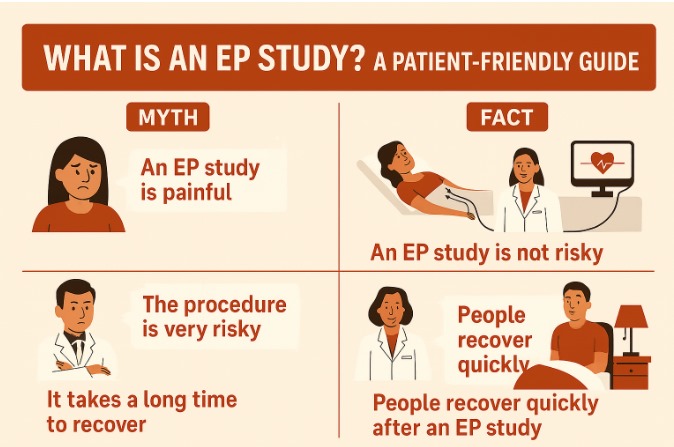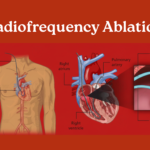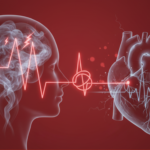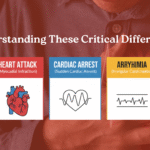If your doctor has suggested an EP Study (Electrophysiology Study), chances are you’ve already searched for it online, and ended up more anxious than informed. Words like “catheter,” “electrical signals,” or “heart mapping” can sound intimidating. But the truth is, an EP Study is a simple, safe, and incredibly helpful test that allows doctors to understand why your heart rhythm is going off beat.
Let’s clear up the confusion with a few common myths and facts, because once you understand what really happens, it all feels much simpler.
 Myth 1: “EP Study is painful and risky.”
Myth 1: “EP Study is painful and risky.”

Naam bada hai, par test simple hai — bas ek chhoti si procedure aur dil ke signals samajh mein aate hain!
 Myth 2: “It’s only for serious heart patients.”
Myth 2: “It’s only for serious heart patients.”

Har baar faint hone ka reason stress nahi hota, kabhi kabhi dil ka signal bigad jaata hai.
 Myth 3: “The wires go inside my heart — that sounds dangerous.”
Myth 3: “The wires go inside my heart — that sounds dangerous.”

Jaise electrician wiring check karta hai, waise hi electrophysiologist dil ke circuits test karta hai.
 Myth 4: “It’s just a test — it can’t fix anything.”
Myth 4: “It’s just a test — it can’t fix anything.”

Dil ke problem ko pehchanna hi nahi, balki wahi par solve karna — EP Study dono kaam karti hai!
 Myth 5: “I’ll be in the hospital for days.”
Myth 5: “I’ll be in the hospital for days.”

Procedure chhoti, fayda bada — EP Study ke baad aap agle din office jaa sakte ho!
 Myth 6: “If I ignore my symptoms, they’ll go away on their own.”
Myth 6: “If I ignore my symptoms, they’ll go away on their own.”

Symptoms ko ignore mat karo — dil chup hai, par signals bhej raha hai.
Conclusion
An EP Study isn’t a scary or complicated heart surgery, it’s a modern, intelligent way to understand how your heart’s electrical system works. Performed by an Electrophysiologist, it’s one of the most accurate and safe tools in cardiology to diagnose and correct rhythm disorders.
So if your doctor recommends it, don’t panic. It’s not just a test, it’s a window into your heart’s rhythm and overall heart health.
Dil ke raaz samajhna mushkil nahi — EP Study se sab kuch clear ho jaata hai!











